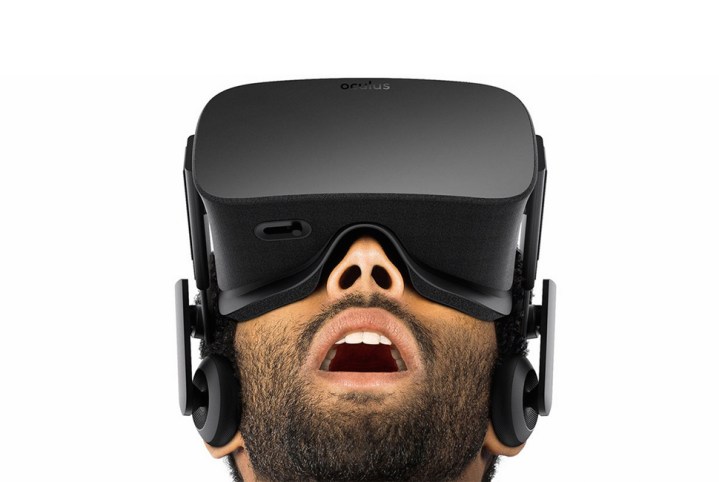
It’s announced that the latest version of Epic Games’ Unreal Engine 4 will be integrated with the GameworksVR platform, which will bring a host of enhancements to supporting games rendered on Nvidia hardware.
For starters, it allows for much better SLI scaling, with the ability to split each eye to each GPU. This may lead to better frame rates, which is perhaps the most important factor of any VR experience.
Also supported is multi-resolution shading, which works by rendering different parts of the image at different resolutions, depending on what the user is looking at. This would look bizarre on a 2D display, but in a VR head mounted display (HMD) with lenses that only allow for full focus on the center of the display, a lot of GPU overhead can be saved by rendering everything outside of that at a lower resolution.
Nvidia claims that can lead to up to a 50 percent improvement in overall performance in UE4 rendered scenes being viewed in virtual reality. Better yet, as a user you can barely tell it’s been enabled, if at all.
While none of this is quite ready for consumers to have a play around with — which isn’t too problematic considering the lack of commercial VR hardware as well — Tom’s has it that it’s only a couple of months away at this point. That may mean we see even more performance improvements by the time it arrives.




